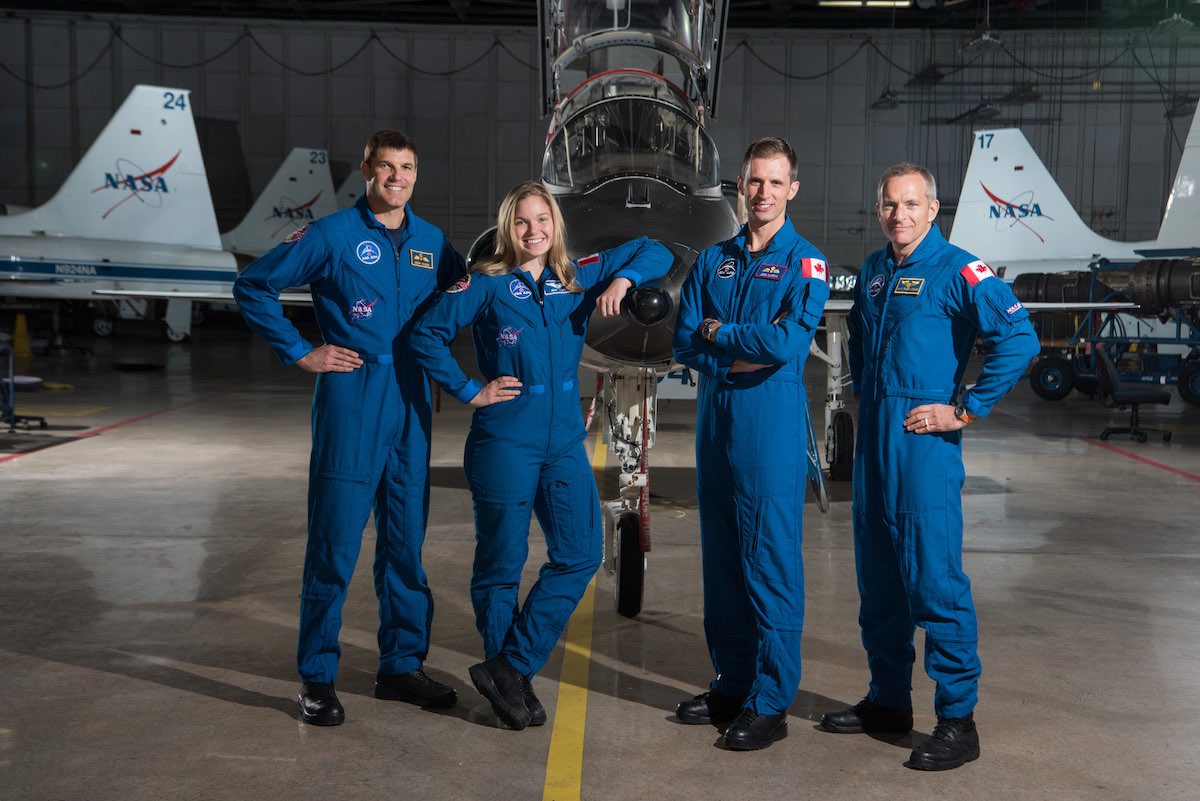It was 1969 that humans first set foot on the Moon. Back then, the Apollo mission was the focus of the attempts to land on the Moon but now, over 50 years on, it looks like we are set to head back. The Artemis project is the program that hopes to take us back to the Moon again and it’s going from strength to strength. The plan is to get humans back on the Moon by 2025 as part of Artemis III. As a prelude to this, NASA is now turning its attention to the possible landing sites.
Continue reading “NASA Focusses in on Artemis III Landing Sites.”NASA Focusses in on Artemis III Landing Sites.








